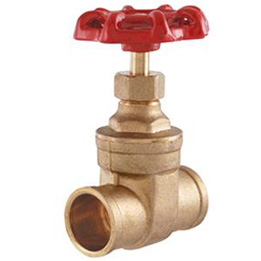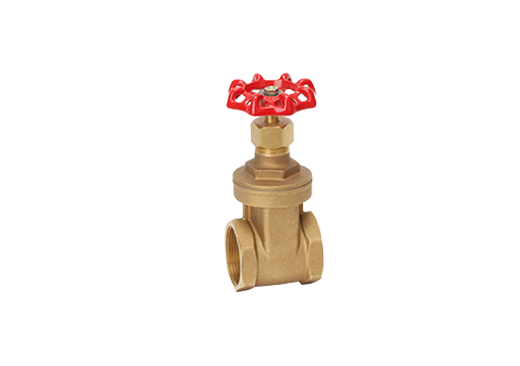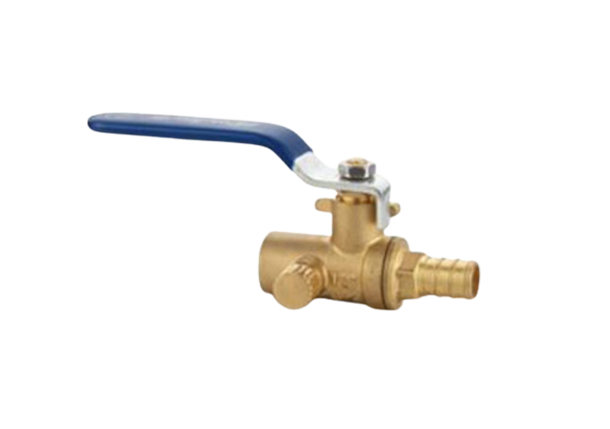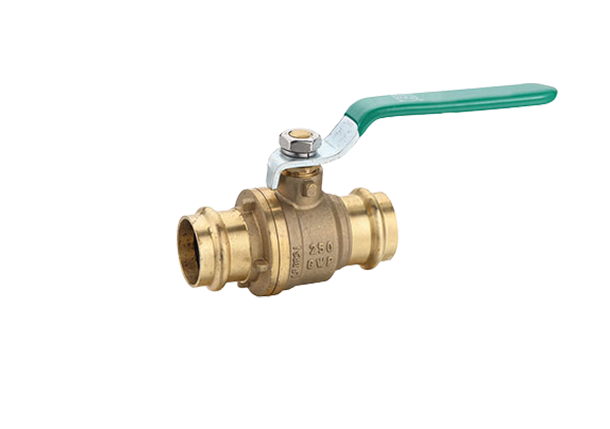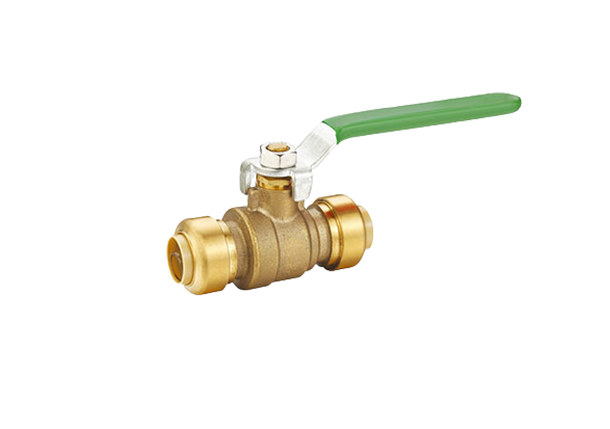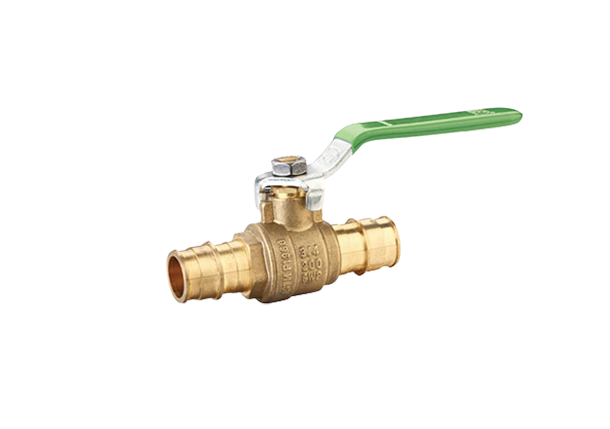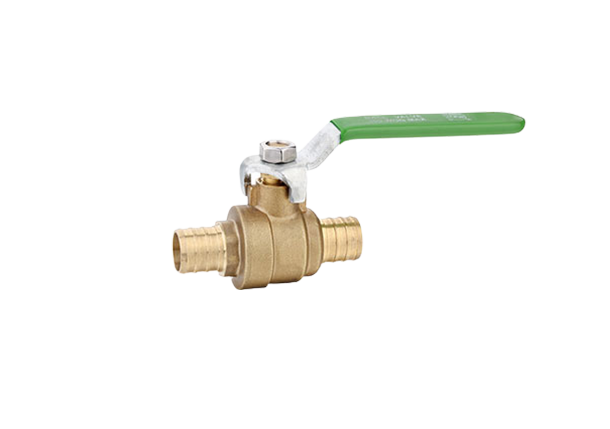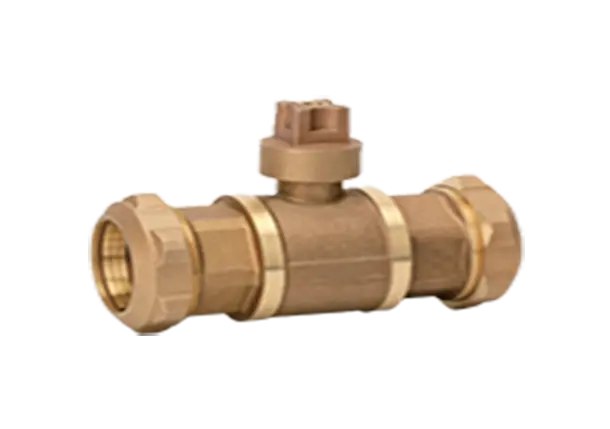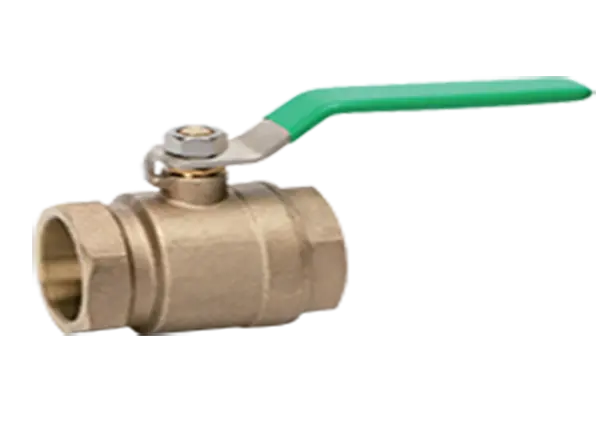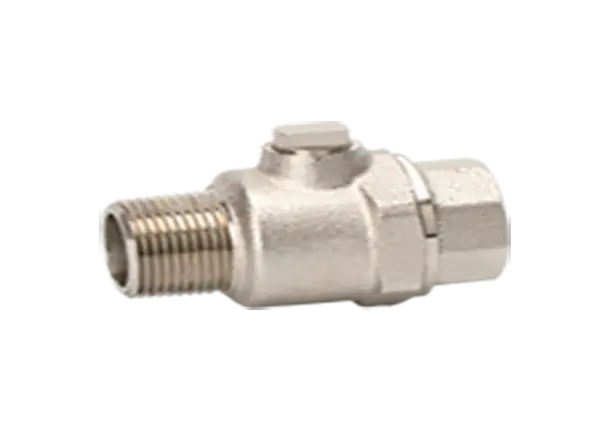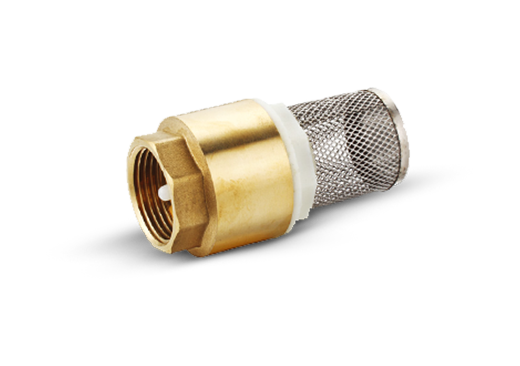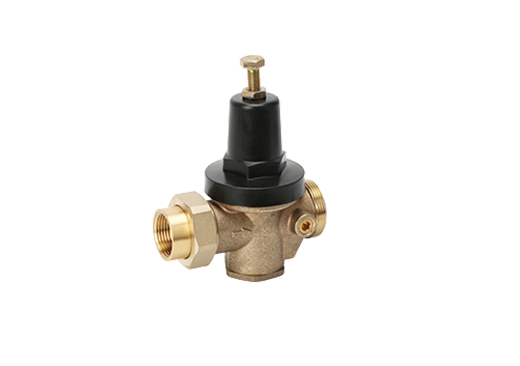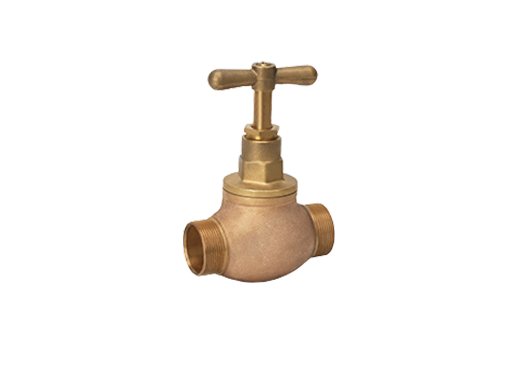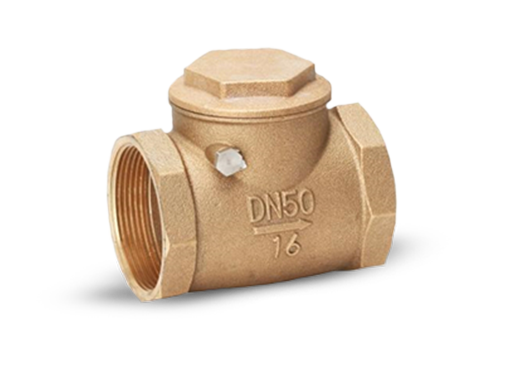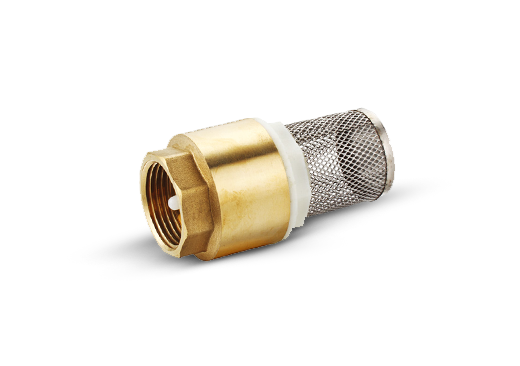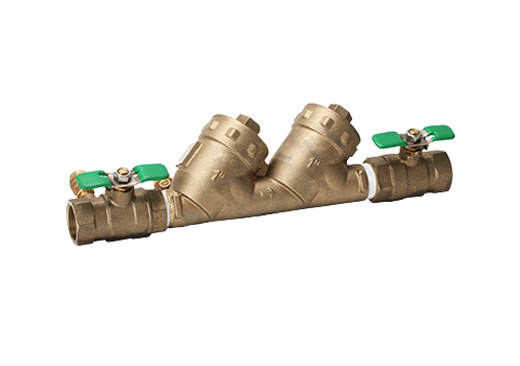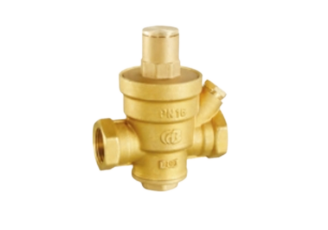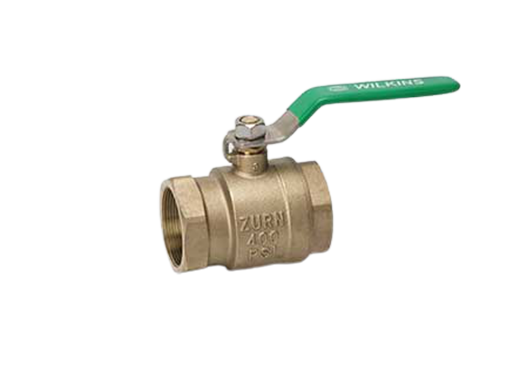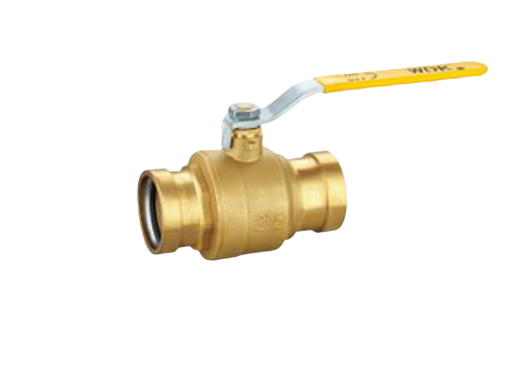What is the difference between bronze ball valves and brass ball valves?
When it comes to choosing the right ball valve for your application, understanding the differences between materials is crucial. Bronze and brass are two common materials used in ball valve construction, each offering distinct characteristics and advantages. In this article, we will delve into the dissimilarities between bronze ball valves and brass ball valves, shedding light on their properties, applications, and considerations for selecting the appropriate valve for your needs.
The Basics of Bronze Ball Valves
Bronze ball valves are constructed from an alloy of copper and tin, known as bronze. This material imparts several noteworthy properties to the valves, such as excellent strength, corrosion resistance, and thermal stability. The composition of bronze can vary, with different proportions of copper and tin affecting the properties of the alloy. Generally, bronze ball valves contain around 88% copper and 12% tin.
Bronze's Durability and Corrosion Resistance
One of the primary advantages of bronze ball valves is their durability. Bronze is a robust material that can withstand the rigors of various environments, including marine applications. Its inherent corrosion resistance makes bronze ball valves suitable for use in seawater, chemical processing, and other corrosive environments. Additionally, bronze exhibits good wear resistance, allowing these valves to endure frequent usage without significant deterioration.
Temperature Tolerance of Bronze Ball Valves
Another distinguishing feature of bronze ball valves is their ability to withstand higher temperatures compared to other materials such as brass. This thermal stability expands the application range of bronze ball valves, making them suitable for applications involving hot water or steam.
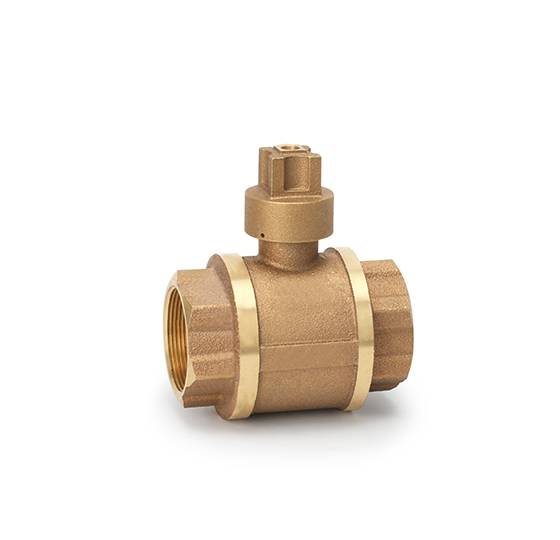
Key Features and Applications of Bronze Ball Valves
Bronze ball valves offer several key features that enhance their functionality and performance:
a. Full Port vs. Standard Port: Bronze ball valves are available in full port and standard port configurations. Full port valves provide unrestricted flow, minimizing pressure drop and facilitating efficient fluid control. They are commonly used in applications that require high flow rates.
b. Versatility: Bronze ball valves are suitable for a wide range of applications, including plumbing systems, irrigation, HVAC, and industrial processes. Their versatility makes them a popular choice across various industries.
c. Size and Pressure Ratings: Bronze ball valves are available in a range of sizes and pressure ratings to accommodate different system requirements. Common sizes range from 1/4 inch to 4 inches, with pressure ratings varying from low to high pressure applications.
d. End Connections: Bronze ball valves come with various end connection options, such as threaded, soldered, or flanged ends, providing flexibility in installation and compatibility with different piping systems.
An Overview of Brass Ball Valves
Brass ball valves, on the other hand, are manufactured from an alloy of copper and zinc, known as brass. Brass offers distinct characteristics that make it suitable for ball valve applications:
a. Machinability: Brass is highly machinable, allowing for intricate valve designs and precise manufacturing. Its excellent machinability makes it easier to produce complex shapes and achieve tight tolerances.
b. Cost-effectiveness: Brass is generally more cost-effective compared to bronze. This cost advantage makes brass ball valves a preferred choice for budget-conscious projects.
c. Conductivity: Brass exhibits excellent electrical and thermal conductivity. This conductivity makes brass ball valves suitable for applications where conductivity is important, such as OEM ball valve in electrical systems or heat transfer applications.
Differentiating Features and Considerations for Bronze Ball Valves
While both bronze and brass ball valves share some similarities, they differ in several significant aspects:
a. Corrosion Resistance: Bronze offers superior corrosion resistance compared to brass. Bronze's resistance to corrosion makes it more suitable for harsh or corrosive environments where brass may be prone to corrosion or degradation over time.
b. Temperature Limitations: Bronze ball valves can withstand higher temperatures compared to brass ball valves. This higher temperature tolerance expands the application range of bronze ball valves, making them a suitable choice for hot water or steam applications.
c. Pricing: Brass ball valves tend to be more cost-effective compared to bronze ball valves. The lower cost of brass makes it a preferred option for applications where cost considerations are important.
Choosing the Right Valve Supplier for Bronze Ball Valves
When selecting a bronze ball valve supplier, it is crucial to consider various factors such as quality, reliability, and reputation. Carbo China is a leading bronze ball valve supplier that specializes in providing high-quality valves with a focus on customer satisfaction. Carbo China offers a wide range of bronze ball valves, manufactured to international standards, and backed by technical expertise and excellent customer service.
Bronze ball valves and brass ball valves differ in terms of their material composition, properties, and applications. Bronze ball valves offer enhanced corrosion resistance, higher temperature tolerance, and greater durability, making them ideal for demanding environments. On the other hand, brass ball valves provide excellent machinability, cost-effectiveness, and conductivity. By understanding these distinctions, you can make an informed decision when selecting the most suitable valve for your specific requirements. When considering bronze ball valves, Carbo China stands as a reliable supplier with a strong commitment to quality and customer satisfaction.
Different Carbo Valves For Sale

